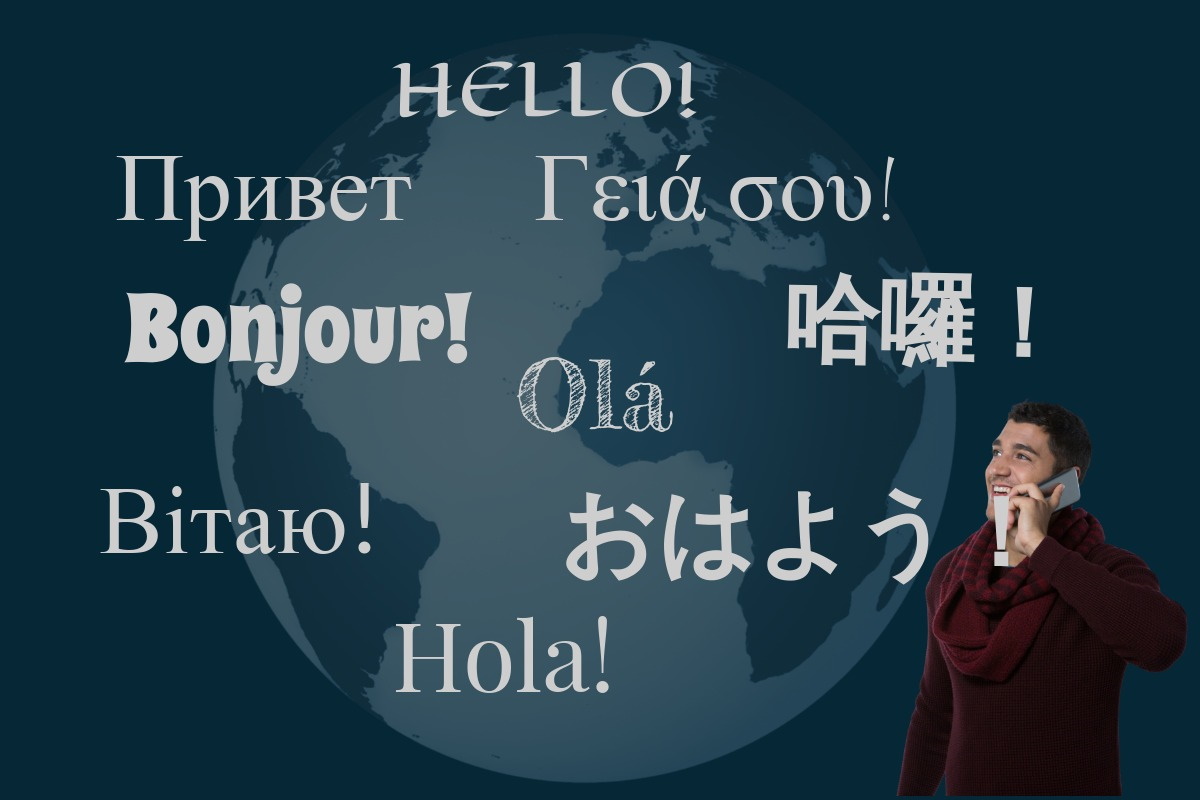Multilingual Staff in a Global Marketplace

This post is also available in:
![]()
![]()
![]()
![]()
It might sound like a no-brainer that you would need multilingual staff to run a global, multinational or online business. However, the proliferation of translation software is becoming more sophisticated, and much of the world has adopted some form of English as their “International” business language. You might then ask, why do I need to provide my business’ services in multiple languages? Moreover, even if I do, can’t I use software to do it for me?
While the language is how we communicate with each other, the rest of our communication skills come from understanding our target markets, our customers, and the cultures that they inhabit.
Globalising your business with multilingualism
English speaking companies that don’t employ bilingual or multilingual staff can still make contact with and even sell products and services to countries where English is not the primary (or even secondary) language. The US and UK have been doing it for decades. However, when you have sales or translations staff that can discuss, explain and persuade in your target market’s native language, you gain an edge over the competition.
Even if we stay within English speaking countries, like the UK, Australia or the US, there are so many multicultural, and multilinguistic communities – not even mentioning the visitors and tourists.
Attraction, Trust & Loyalty
When it comes down to it, we all prefer to absorb new information in our native language. We process it more quickly, we have a far broader vocabulary, and the knowledge sticks more readily. When a person or business wants to purchase a new item or take advantage of a new service, they will do their research. If the available information is in their language, they are more likely to choose the product retailer that considers them important enough to address them in the best manner. A report from 2014 (which is still relevant now) indicated that over 70% of customers in non-English speaking countries would be more likely to buy a product or service with a website or documentation in their language than if it was in English alone.
If a client can trust that they will have their needs met, and communication in the language they understand best, they are more likely to stick around and remain loyal.
Custom, Culture & Nuance
When you deal with clients who speak different languages, you also need to be able to understand their linguistic nuances, their cultural behaviours and their customary practises. In most western, English speaking countries, the customs are broadly similar. However, countries with different languages tend to maintain some distinction in the way they address each other, their business interactions and their personal boundaries.
The divide becomes even more distinct when dealing with middle-eastern or far eastern peoples. Even when you and they can converse perfectly well in English, understanding different cultural standards is vital to a smooth relationship. Some cultural boundaries can cause irreparable offence if breached, resulting in misunderstanding and broken business deals.
Another example to understand is the differences in the language spoken in different regions. Portuguese spoken in Brazil differs from that spoken in Portugal; likewise, the French in Canada is distinct from European French, due to it’s proximity to the US anglicisms and adoption of aboriginal words. However, in nationalistic “Québécois” there is an active effort to reduce the anglicisms that find their way into both Canadian and European French.
Attitude, Flexibility & Currency
Did you know that some people hate having to do currency exchange before they know how much they are paying? Even worse, if they can’t pay for something in their currency, they end up being charged even more in exchange fees.
Some peoples of certain countries will actively avoid any product or service for which they cannot pay in their native currency. Alternatively, some people are perfectly happy to work in US$, whether they are English speaking, western, or not.
A fluently multilingual person will have a greater understanding and appreciation of the countries in which they operate and will consequently know whether they will need to change their business approach to demographics that exhibit these behaviours.
Avoiding Linguistic and Cultural False Steps
If you aren’t fluent in another language or haven’t spent significant time with your target demographic to know them, there are chances that you could annoy, offend or amuse them with your marketing materials.
Check out this article about some offensive, unpleasant and thoroughly hilarious marketing blunders, which stem almost entirely from a failure to make allowances for appropriate language translation.
What’s wrong with translation software?
There’s nothing wrong with translation software. Entities such as Google Translate, DeepL and Localize have their place in the business framework. Small changes to a website might mean that instead of changing a few fields in one idiom, you have to change those few fields in every language manually – that’s half a day gone. Translation tools have their place, but it’s not in the human face of expanding your global reach.
Translation tools such as CAT (Computer-Assisted Translation) tools can work reasonably well in translating large amounts of text, but it is always better to have a native or fluent speaker to check the document for mistakes. No matter how sophisticated translation software becomes, language evolves far quicker.
However, any product that requires after-sales support, or software or a service that needs ongoing communication, updates, and assistance, requires people who speak the native language.
There is nothing worse than feeling unheard and marginalised when you have a problem. It’s safe to say that the multilingual staff will prove invaluable when they help to retain a customer just by being able to talk through the problem in the client’s language.
Other benefits to multilingualism in the workplace
Now, you already know that you can broaden your sales reach and retain loyal customers by offering native languages, but did you know that there are other benefits to employing multilingual staff?
- Multi-tasking and efficiency – Multilingual staff, are more likely to be able to switch from one task to another more quickly than their monolingual peers, in much the same way as they switch between languages.
- Saving Money – Hiring employees who speak multiple languages reduces the amount of money you have to spend on reaching numerous geographic locations and demographics.
- Multilingual environment – When you hire a broad range of bilingual and multilingual staff members, you create an environment that is both inclusive and inspiring. Your other employees might take inspiration and decide to learn another language or two.
- Communication and Listening – It is commonly observed that those who speak another language or more have better communication and listening skills than their monolingual colleagues.
Welcome and encourage the multilingual employee
When it comes down to it, there are no downsides to hiring bilingual and multilingual staff members, but there are many advantages. Sure, English is one of the most broadly spoken languages across the world if you include those who use it as a second language. The invention of the internet and the computer programming languages that dominate the sphere, meaning that English is very much the lingua franca of the business world. However, you can’t deny that there are hundreds of languages out there – one of them might be your customer’s favoured tongue.
While you can’t ignore the many millions of people who speak languages other than English, it’s probably not viable to have fluent speakers on the payroll for every one of them; you don’t target ALL of them.
Sure, use translation tools, they have their uses for saving time and making an effort. However, at the same time, go ahead and hire some amazing multilingual staff. You’ll be glad of it. Just make sure you all have at least one common language between you.



Comments
0 commentsNo comments yet